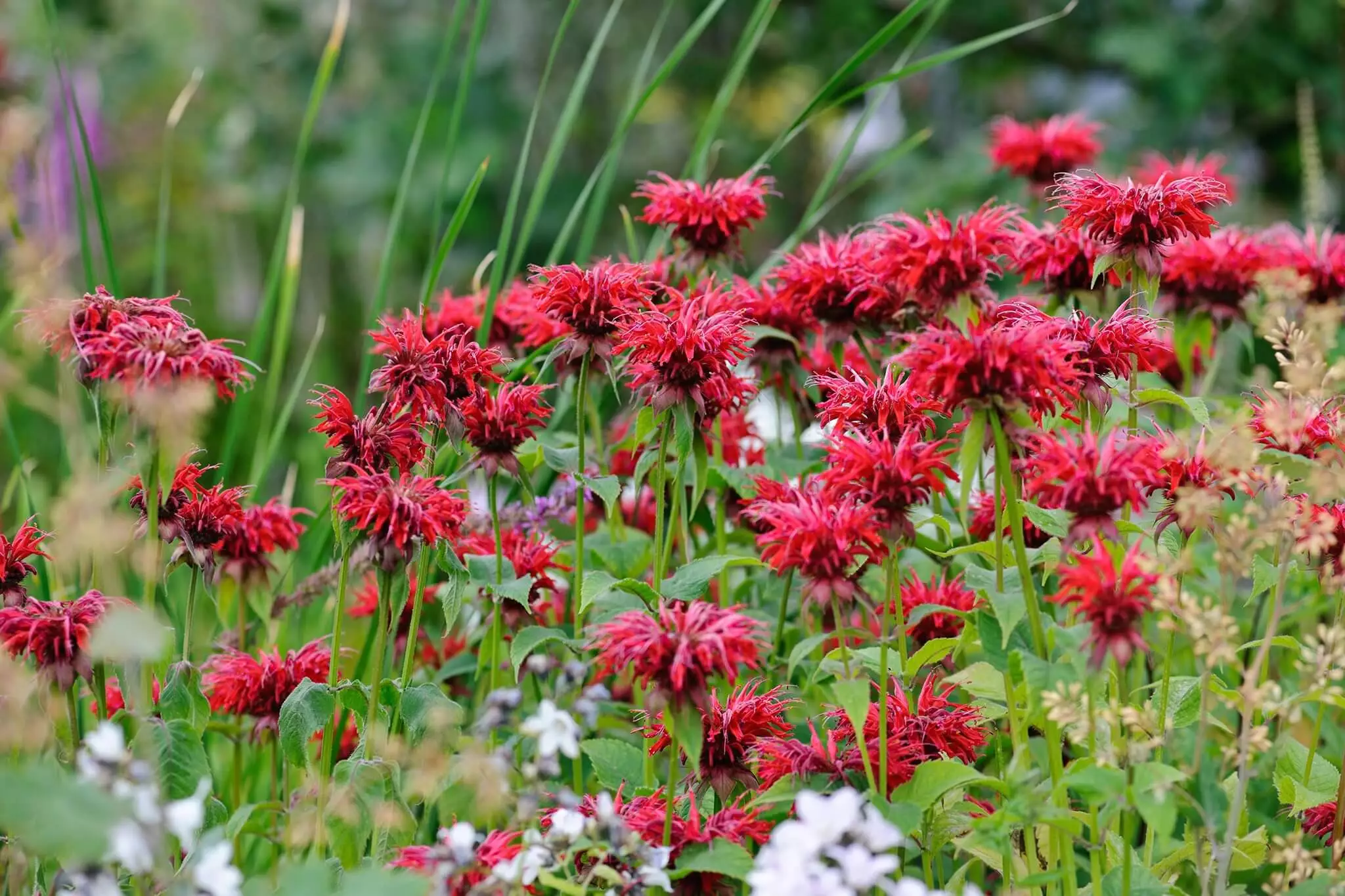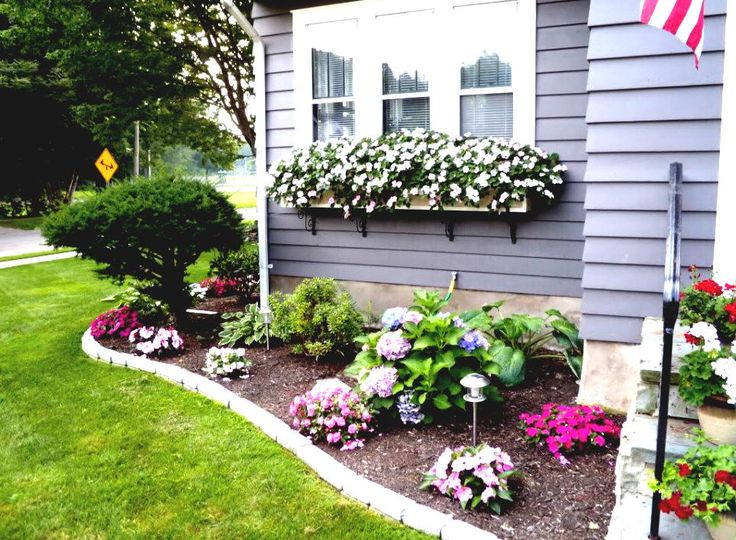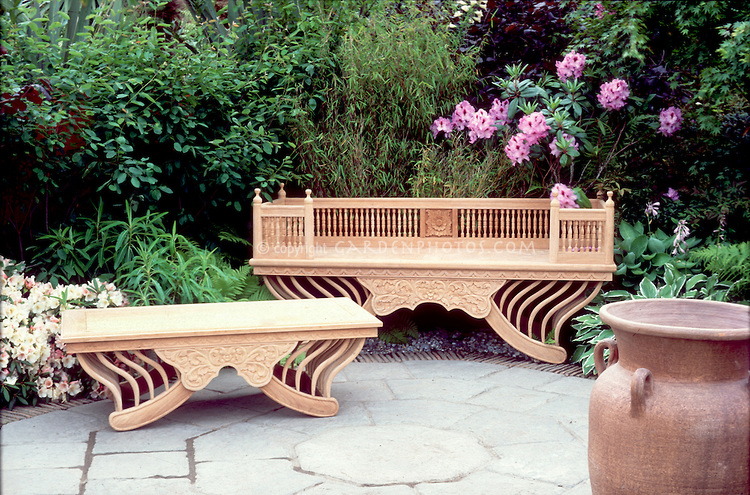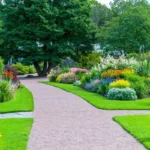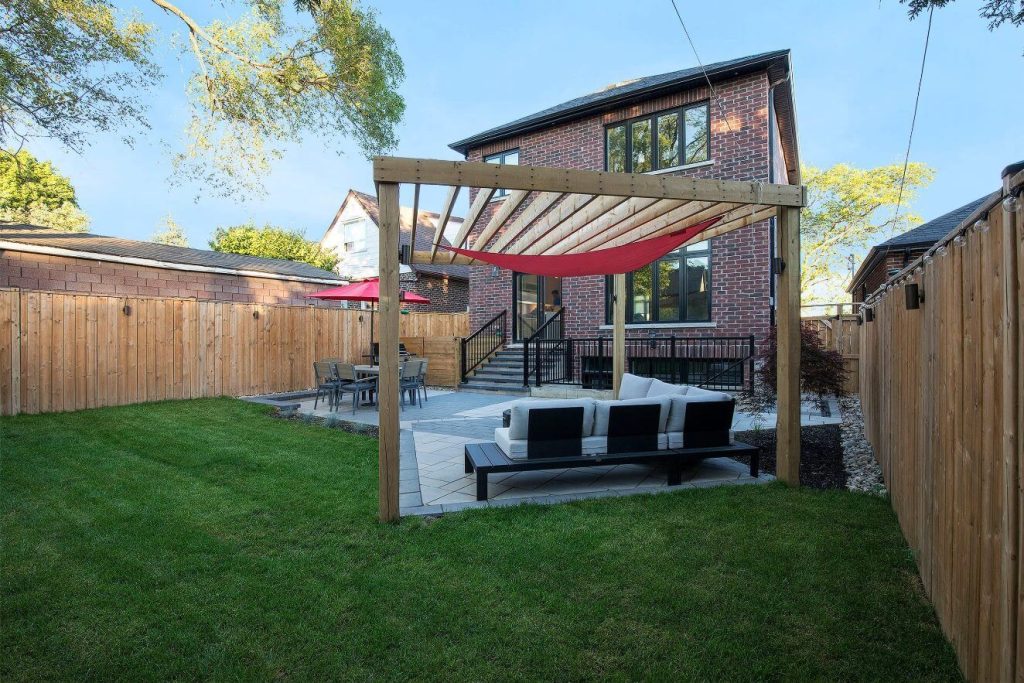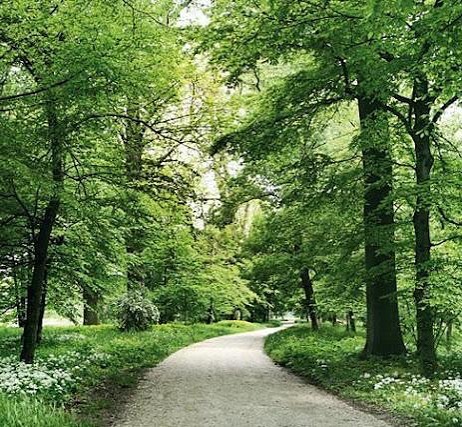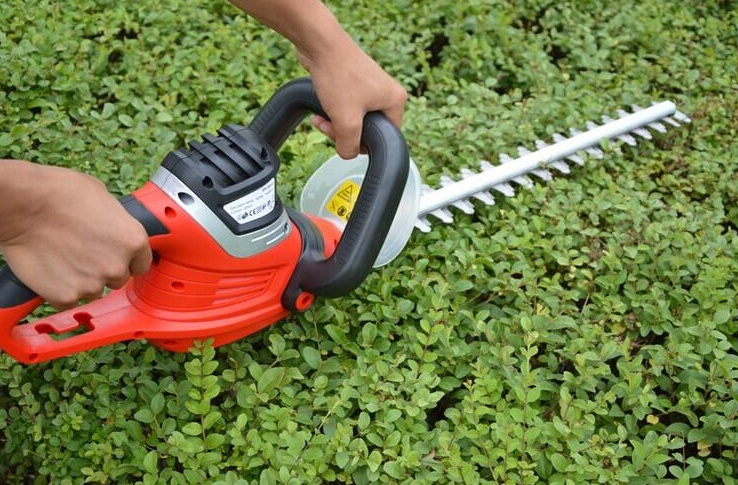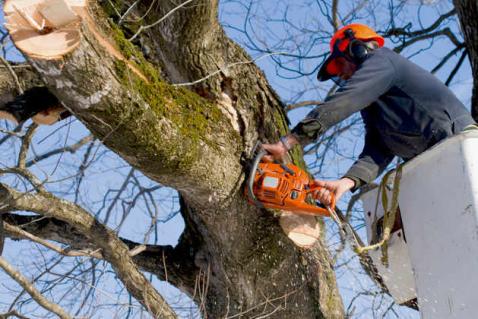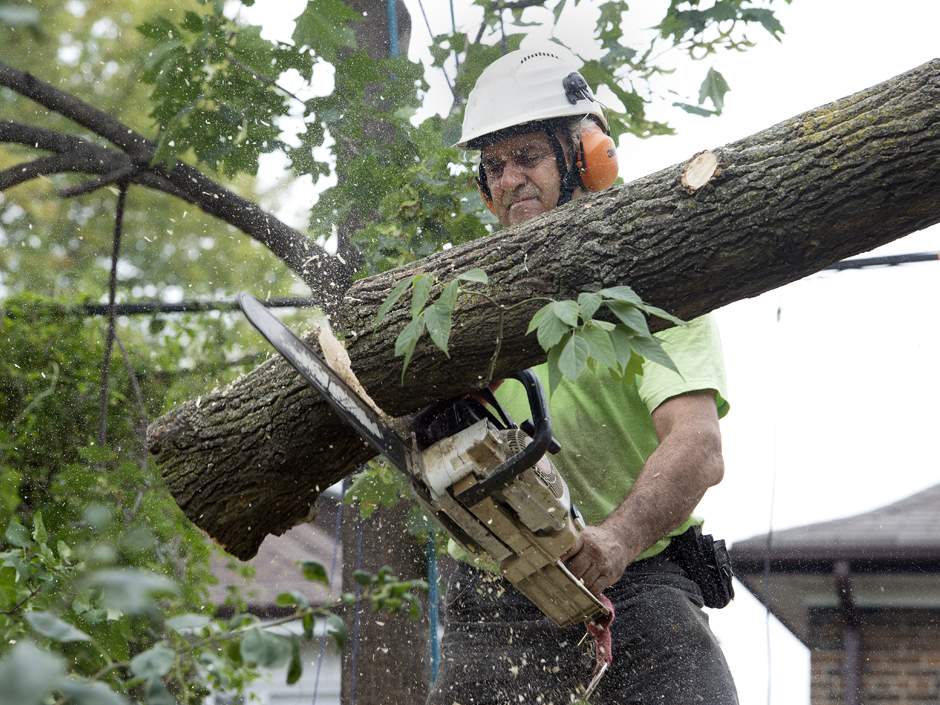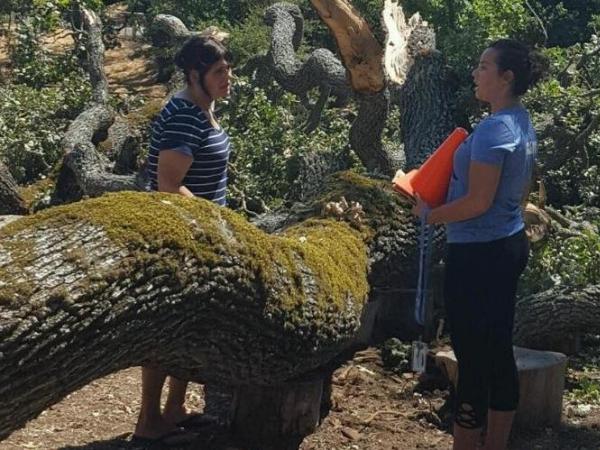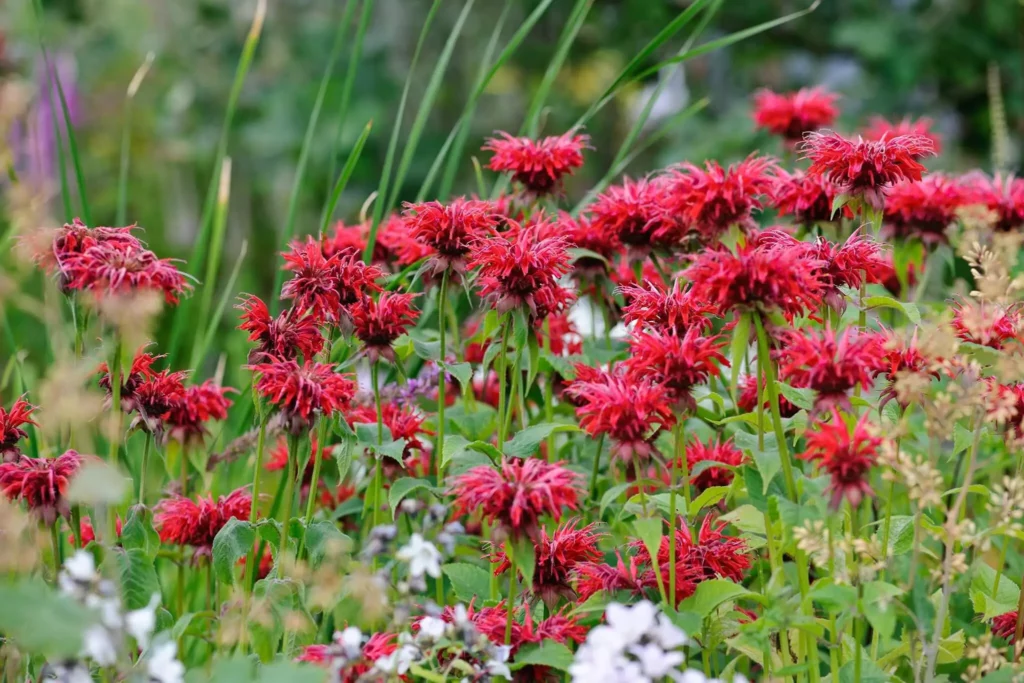
Transforming your outdoor space into a colorful oasis is a fulfilling endeavor. In this guide, we’ll take you through the art of cultivating vibrant flowers, from choosing the right blooms for your climate to nurturing them into full bloom. Whether you’re a seasoned gardener or just starting, these steps will help you create a garden bursting with floral splendor.
Content
Selecting the Right Flowers
Pick flowers that thrive in your region’s climate and soil type. Consider factors like sunlight, water requirements, and blooming seasons. Opt for a mix of annuals and perennials to ensure a continuous display of blossoms.
Might you enjoy this content: Crafting Your Garden Oasis – How to Create a Beautiful Garden
Preparing the Soil
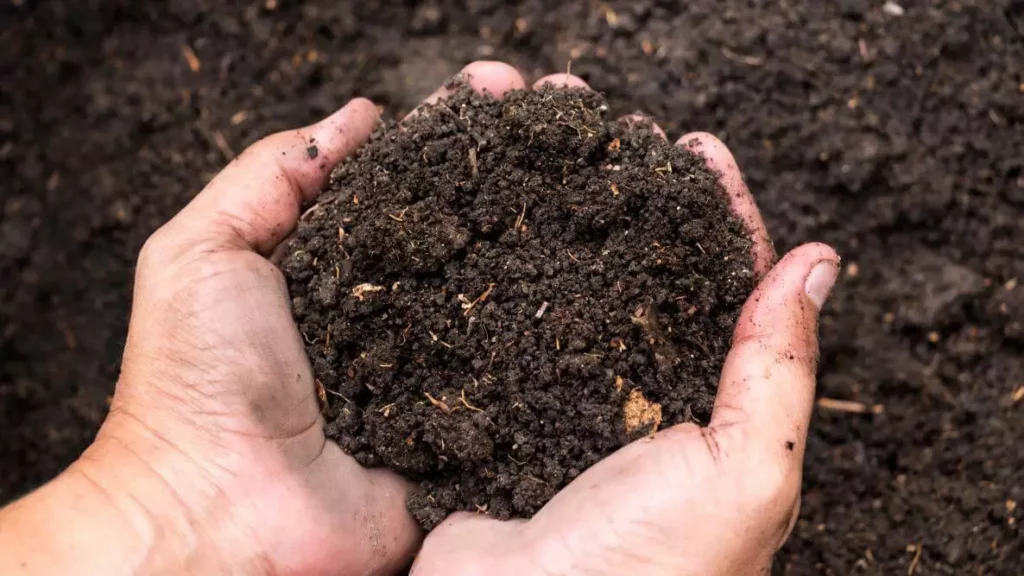
Enrich the soil with compost to enhance its structure and nutrient content. Most flowers prefer well-draining soil. Test the soil’s pH and make amendments as needed to create an optimal growing environment.
Choosing the Right Location
Different flowers have varying sunlight needs. Some prefer full sun, while others thrive in partial shade. Position your flower beds accordingly to provide the right amount of light.
Planting Techniques
Follow the planting instructions on the seed packets or plant labels. Generally, you’ll dig a hole slightly larger than the root ball, place the plant at the appropriate depth, and gently pat the soil around it.
Watering Wisely
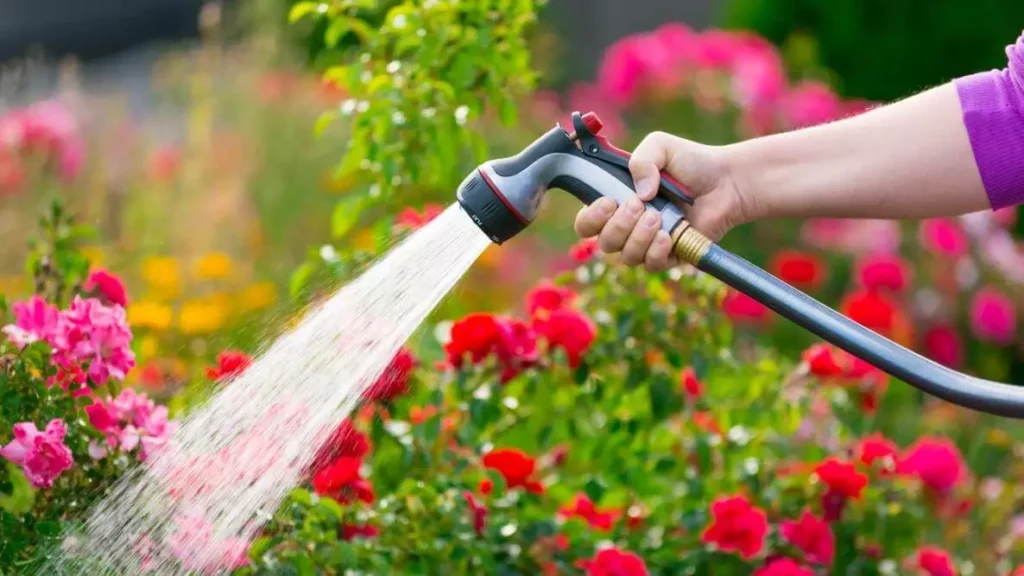
Maintain a consistent watering schedule, keeping the soil evenly moist. Be cautious not to overwater, as this can lead to root rot. Consider using a soaker hose or drip irrigation to water at the base of the plants.
Mulching for Moisture and Insulation
Apply a layer of organic mulch around your flowers to retain soil moisture, suppress weeds, and regulate soil temperature. Mulching also adds an attractive finishing touch to your garden beds.
Feeding for Flourishing Blooms
Use a balanced fertilizer to provide essential nutrients for healthy growth and vibrant blooms. Follow the recommended application rates on the fertilizer packaging.
Deadheading and Pruning
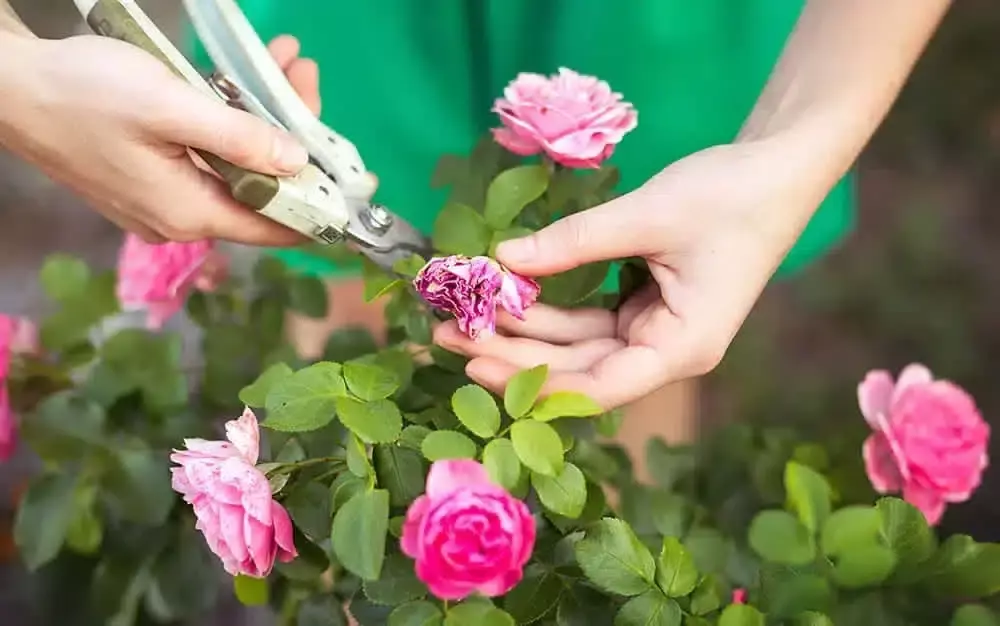
Regularly remove spent flowers (deadheading) to encourage continuous blooming. Prune your flowers as needed to shape the plants, improve airflow, and remove diseased or damaged growth.
Dealing with Pests and Diseases
Monitor your flowers for signs of pests or diseases. Introduce natural predators, like ladybugs, to control pests. Use organic solutions like neem oil or insecticidal soap to address infestations.
Recommended for you: How to Choose the Right Paint Color for Your Home
Supporting Tall Flowers
For tall or heavy flowers, use stakes or supports to prevent them from bending or breaking due to wind or rain. This keeps your blooms upright and enhances their visual impact.
Conclusion
Growing flowers is an art that brings life, color, and joy to any space. By following these steps and dedicating a little time and care, you’ll be rewarded with a stunning garden filled with flourishing blooms that captivate your senses and create a picturesque haven for you and your loved ones. Let your passion for gardening blossom alongside your beautiful flowers.
FAQs:
Can I grow flowers indoors if I don’t have an outdoor garden?
Absolutely! Many flowers can be grown indoors in pots or containers. Choose flowers that thrive in indoor conditions and provide them with adequate light and care.
How can I extend the blooming season of my flowers?
To prolong the blooming period, deadhead spent flowers regularly, provides proper nutrition, and chooses a variety of flowers with different bloom times.

I am Jeffrey Blain and my love is writing about home improvement. I write mostly about home ideas, but also share some tips and tricks that can make your life easier when it comes to getting things done in the house.

